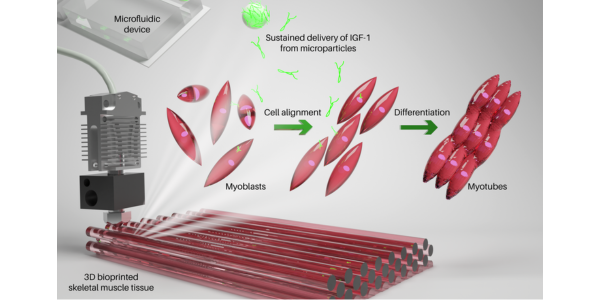As the number of connected vehicles increases, the expanded attack landscape gives attackers attractive opportunities to exploit. The risks may go from attackers stealing luxury cars to collecting data on the users of multiple cars on a fleet. It is not a cause for panic, though, since cloud-based automotive cybersecurity, the field that specializes in protecting car computer systems, is also on the rise with innovative solutions.
In this post, we’ll walk you through the basics and explore why cloud-based automotive cybersecurity is the best option.
Cyber Attacks Have Reached Cars
Cyber attacks are no longer a matter of infecting desktop or mobile computer systems. Modern connected cars are complex systems combining onboard computers and connectivity. Cars have an array of connected technologies such as satellite, WiFi, Bluetooth, e-SIM telematics, and others. Cars use these connected technologies for supporting driving applications, driving applications, autonomous driving, and safety features.
This offers cybercriminals a lot of opportunities to extract sensitive data, use connected cars as the starting point of a larger attack, or simply steal them.
What Are the Risks that Connected Fleets Face?
There are a lot of attack vectors related to a connected car. Here we explore some:
5G and the connected car
According to Gartner, the automotive industry will be the largest adopters for 5G Internet of Things solutions. The 5G enables connected vehicles to collect information from other devices around them, using this data to keep drivers and pedestrians safe, simplify car management and connectivity. This connecting the car to everything expands the attack surface.
High-risk attack vectors
A recent study identified 5 top risk attack vectors:
- Remotely jamming a connected car’s safety systems.
- Electronically tampering with the car’s wireless transmissions.
- Using internet scanning to abuse remote car systems.
- Launching DDoS attacks on Intelligent Transportation System (ITS).
- Compromising an ITS and using it to launch DDoS attacks on other organizations.
Most common attacks
Automotive cyber attacks introduce a high risk of compromising vehicles at scale. According to this infographic by Upstream, some latest attacks include cases such as follows:
- In 2017, Renault and Nissan’s plants got hit by a ransomware attack which stopped production across several European Plants.
- The same year, attackers accessed Uber’s cloud servers and stole the private information of millions of users.
- In 2018, a cybercriminal infiltrated a car-sharing company’s database stealing member’s personal information.
- The proliferation of electric car charging stations is becoming a new vector, allowing cybercriminals to remotely collect ID card numbers and use them for transactions.
Automotive Cybersecurity vs IT Cybersecurity
A connected car ecosystem consists of 5 interconnected layers:
- Safety-critical subsystem
- Sensors and Vehicle to Vehicle communication
- Operational and V2X Communication – non-critical safety subsystems.
- Business processes, such as fleet management systems and telematics.
- User experience includes applications, convenience components, and infotainment.
Traditional IT technologies provide protection for the non-safety layers 3 to 5, based on machine learning to identify and protect from attacks. When you move on protecting critical operations in layers 1 and 2, connected cars should focus on proactive cybersecurity, not reactive.
That’s why the right approach to cybersecurity needs to focus on protecting the critical layers, to keep the safety of passengers and vehicles, and prevent it from being used in risky cyberattacks.
Why Cloud-Based Cybersecurity?
Most current car cybersecurity systems focus on securing key elements of a connected vehicle:
- The connected vehicle itself, including its interface.
- The connectivity components and channels connecting the vehicle with other devices and the environment.
- The backend systems that service the vehicle during its lifecycle.
A typical cybersecurity device installed in the car may fail to protect the cloud-connected layer. The advantage of cloud-based automotive cybersecurity is that it can protect through the three layers, detecting threats in each of the layers.
A cloud-based system has the additional advantage that it is centralized. That means it cannot only detect the attack but can also detect the root of the threat in the cloud.
How Upstream Auto Solves Cybersecurity Challenges for Fleets
Upstream Security Platform C4 is the first automotive cybersecurity solution designed to protect connected vehicles. C4 ingests present and future automotive data feeds, therefore is the only solution that can protect vehicles that are already on the road without the need of rehauling their computer systems. The platform is cloud-based, therefore protecting the data going back and forth between the vehicles and the command centers.
Upstream.auto provides alerts in real-time of any threats to the fleet. Key features include a centralized dashboard, comprehensive incident report, customized policy violations, and actions.
Final thoughts
Protecting connected cars can be a challenge for automakers and fleets as well. Regular solutions installed in the cars as hardware don’t offer the level of protection that connected cars already on the road need. Cloud-based automotive security provides the comprehensive layer you need to ensure no attack can pass undetected.







